When one of our clients—a large fabrication workshop—approached us, they weren’t struggling with machines or manpower. Their problem was far more subtle… and expensive.
Despite using heavy-duty clamps, their thick steel plates kept warping and shifting during high-force machining. The result? Rework, scrap, and hours of wasted production time.
At first glance, they believed it was a material issue. But the real cause was hiding in plain sight—the clamping setup.
The Problem No One Talks About
In many workshops, thick plates are clamped from the top or edge, assuming that’s “good enough.”
But here’s what really happens:
-
Uneven grip causes the plate to flex or vibrate under heavy machining.
-
Heat buildup isn’t dissipated properly, leading to surface deformation.
-
Even minor shifts can throw off tolerance—and in precision machining, that’s unacceptable.
It’s a silent issue that most teams overlook… until the job fails inspection.
The Turning Point
We suggested they try our side-holding thick plate clamp—engineered specifically for plates that need full-surface stability.
Think of it like a firm handshake: strong, even, and reliable. It holds the plate gently but securely from the sides, ensuring no warping or vibration even under high cutting forces.
With a single setup, they were able to:
✅ Reduce setup time by 40%
✅ Eliminate rework on thick plates
✅ Improve machining accuracy and operator safety
Within a week, their team saw the difference—not just in performance, but in peace of mind.
Why It Works
Unlike conventional clamps that grip at isolated points, this design provides maximum surface contact, meaning:
-
Better heat dissipation
-
Reduced vibration during heavy machining
-
Minimal setup changes between jobs
-
Longer tool life and fewer operator interventions
And because the entire plate is held in one go, it minimizes human error while maximizing throughput.
Industries Benefiting from This Solution
This isn’t just for one kind of industry. We’re seeing rapid adoption across:
-
Shipbuilding and heavy fabrication, where large plates demand stability.
-
Aerospace machining, where geometric accuracy is critical.
-
Automotive mold and die workshops, looking to reduce cycle time.
-
Railway manufacturing units, where setup speed translates directly to productivity.
The Takeaway
In manufacturing, it’s often the smallest overlooked detail that costs the most.
Our client didn’t just change their clamp—they changed their results.
Sometimes, all it takes is the right grip to hold everything together.

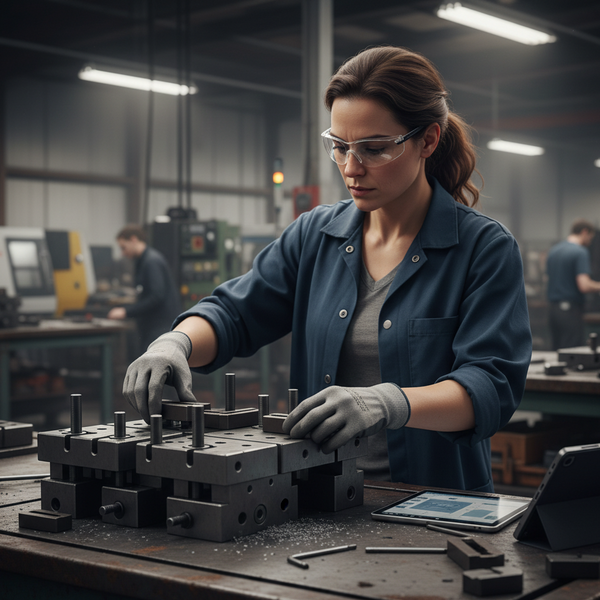


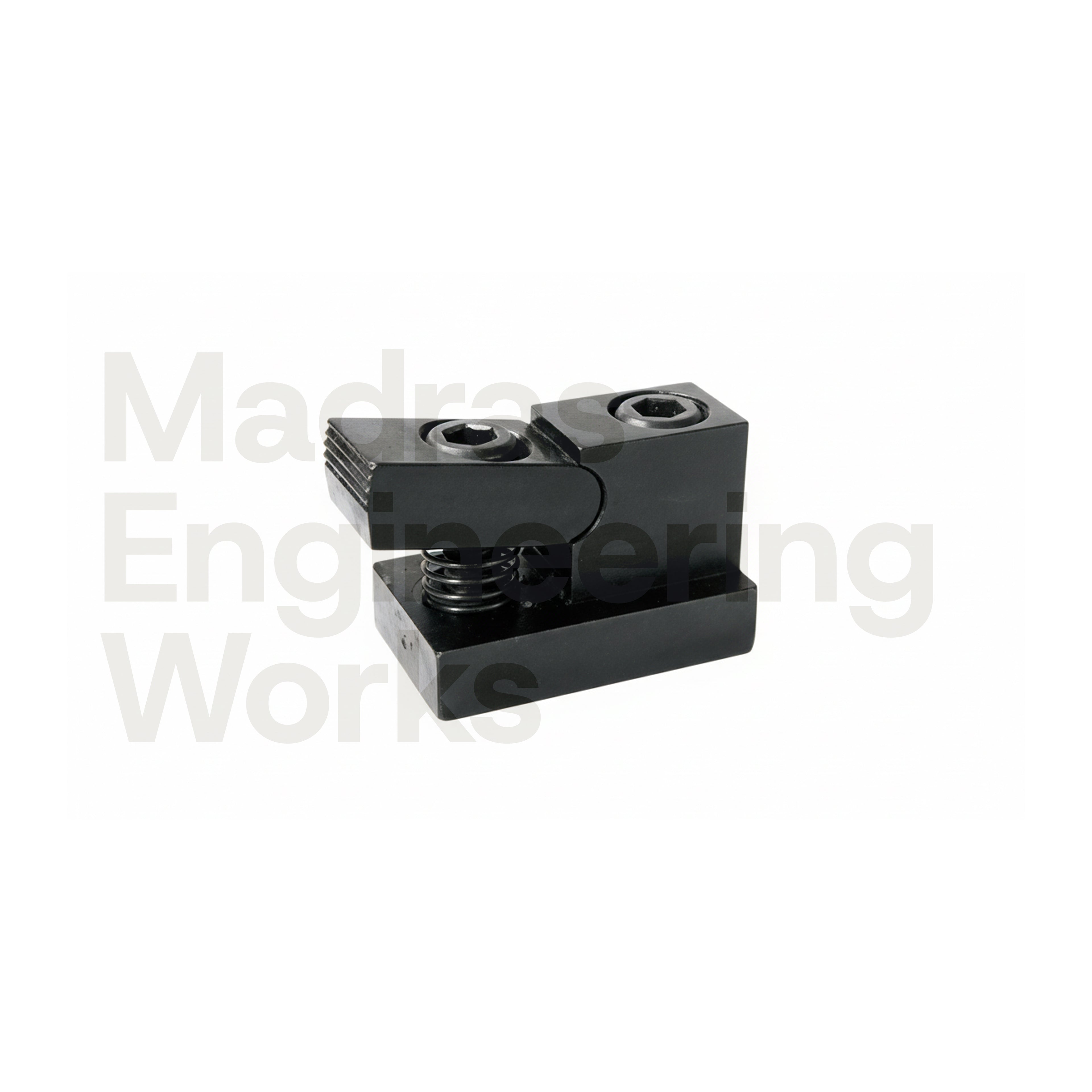
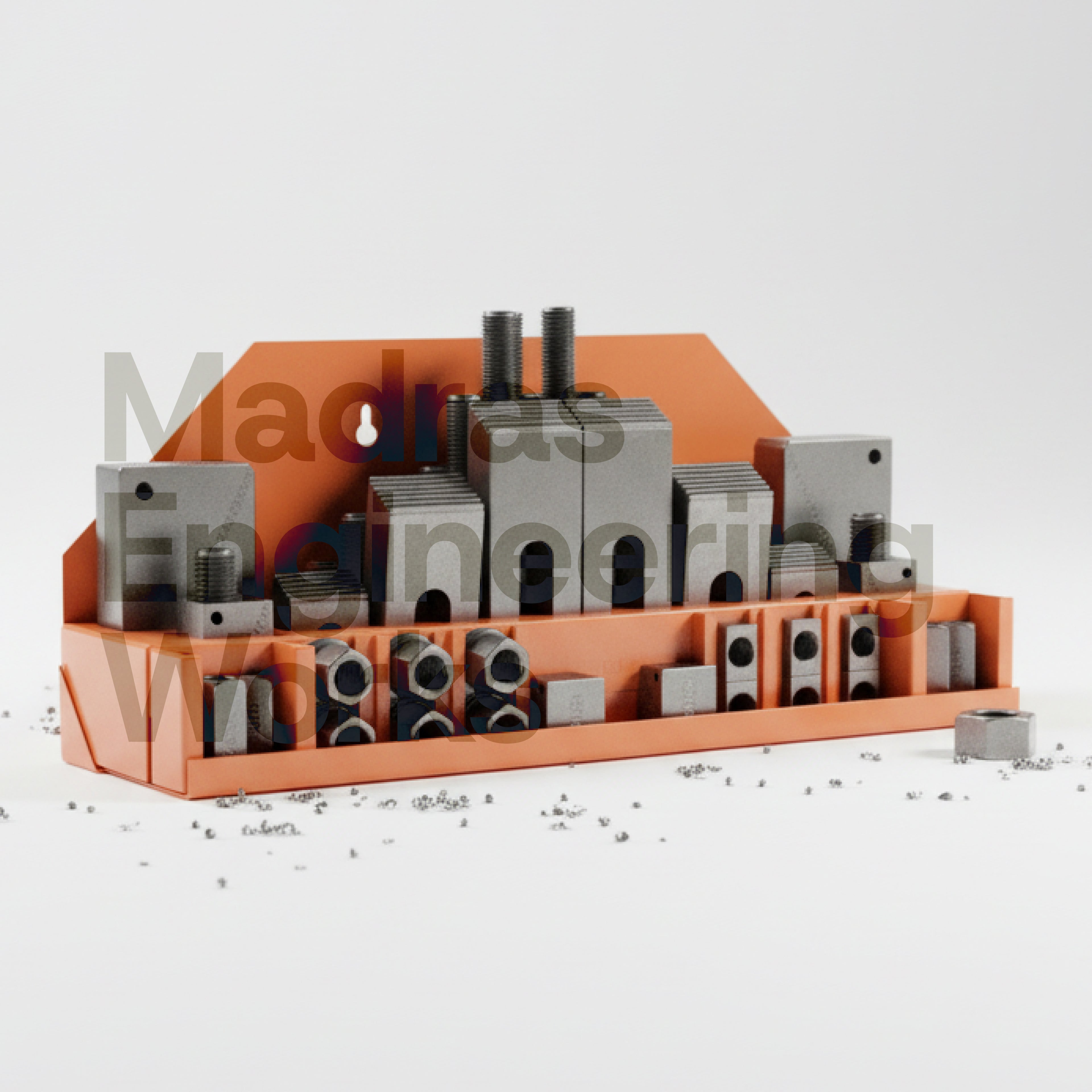
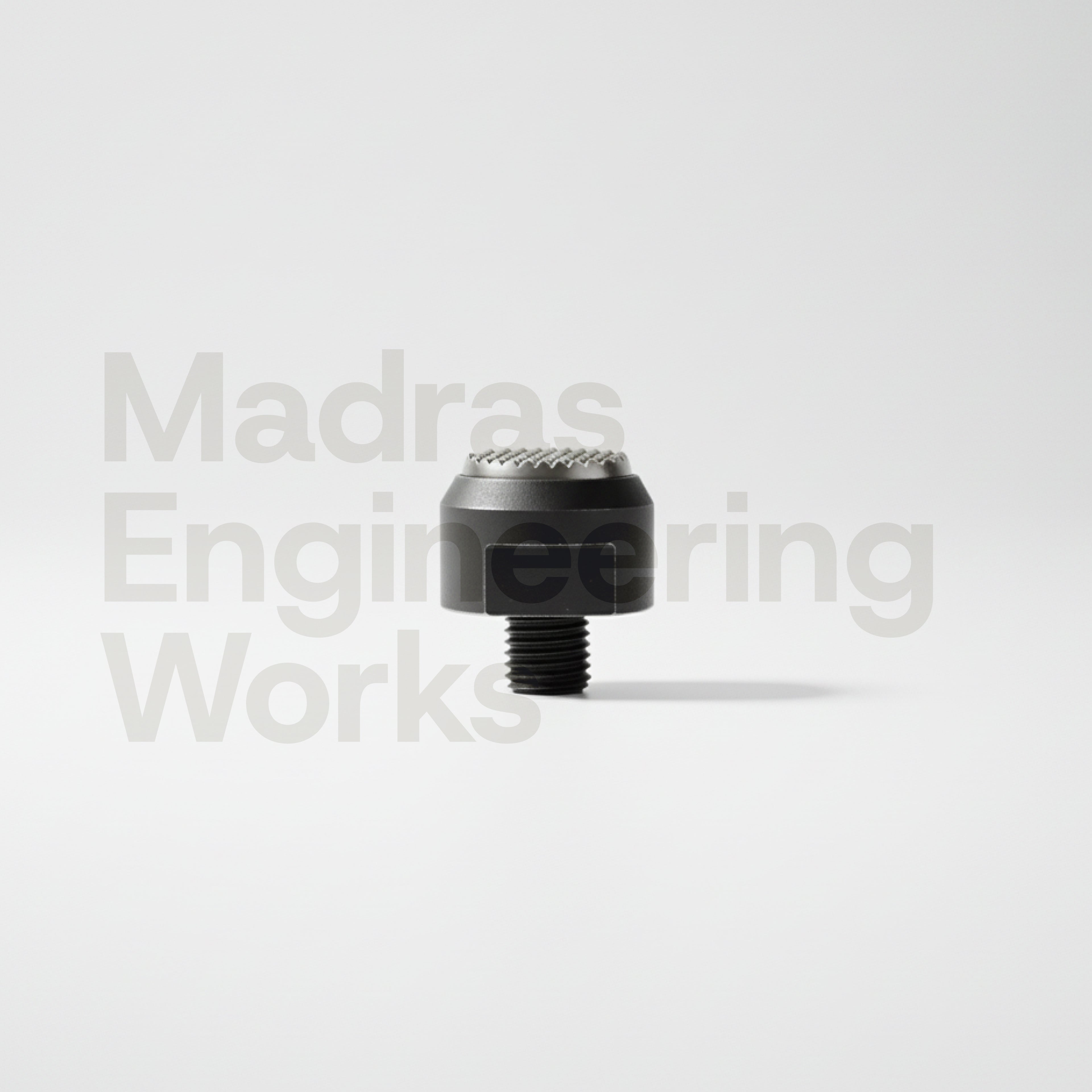
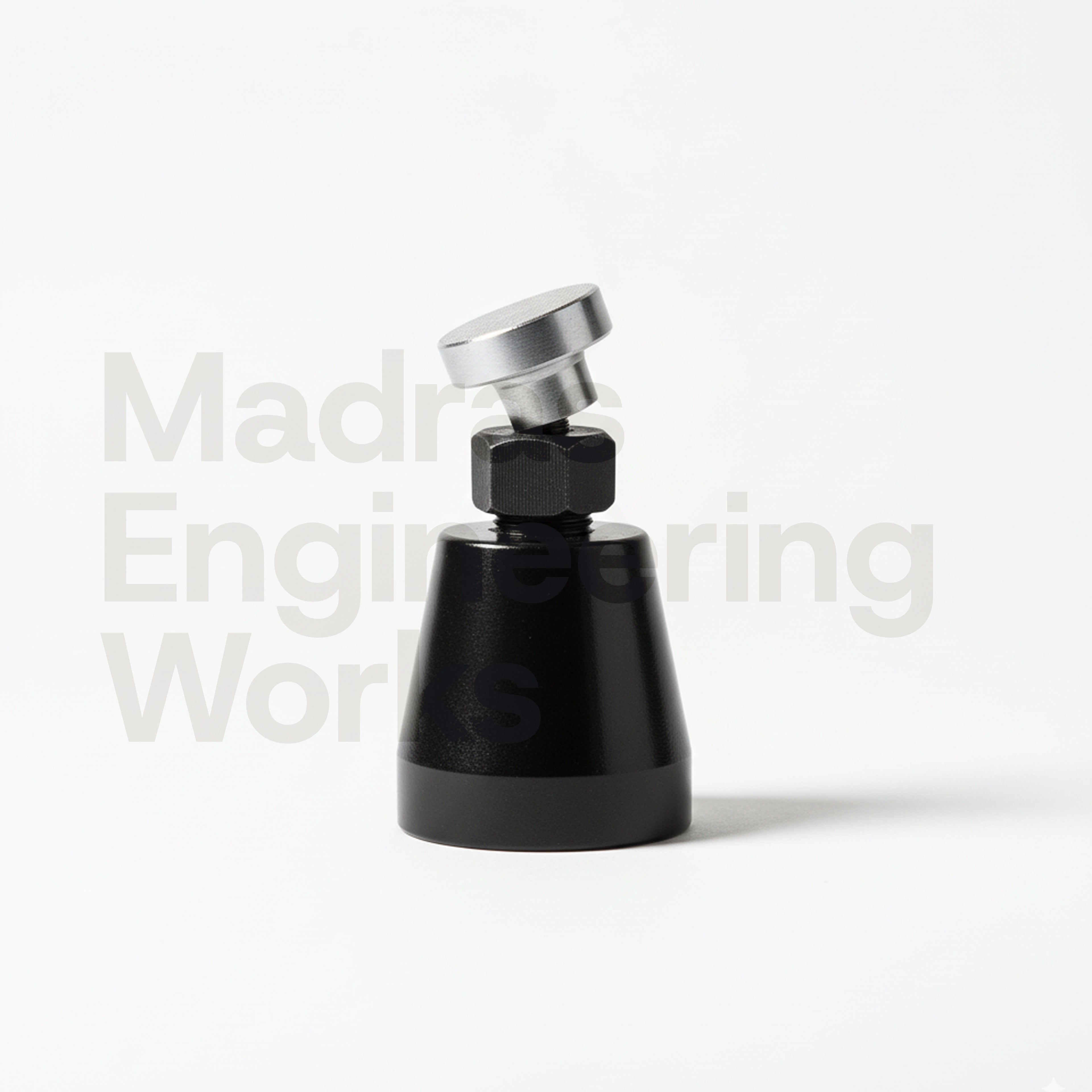
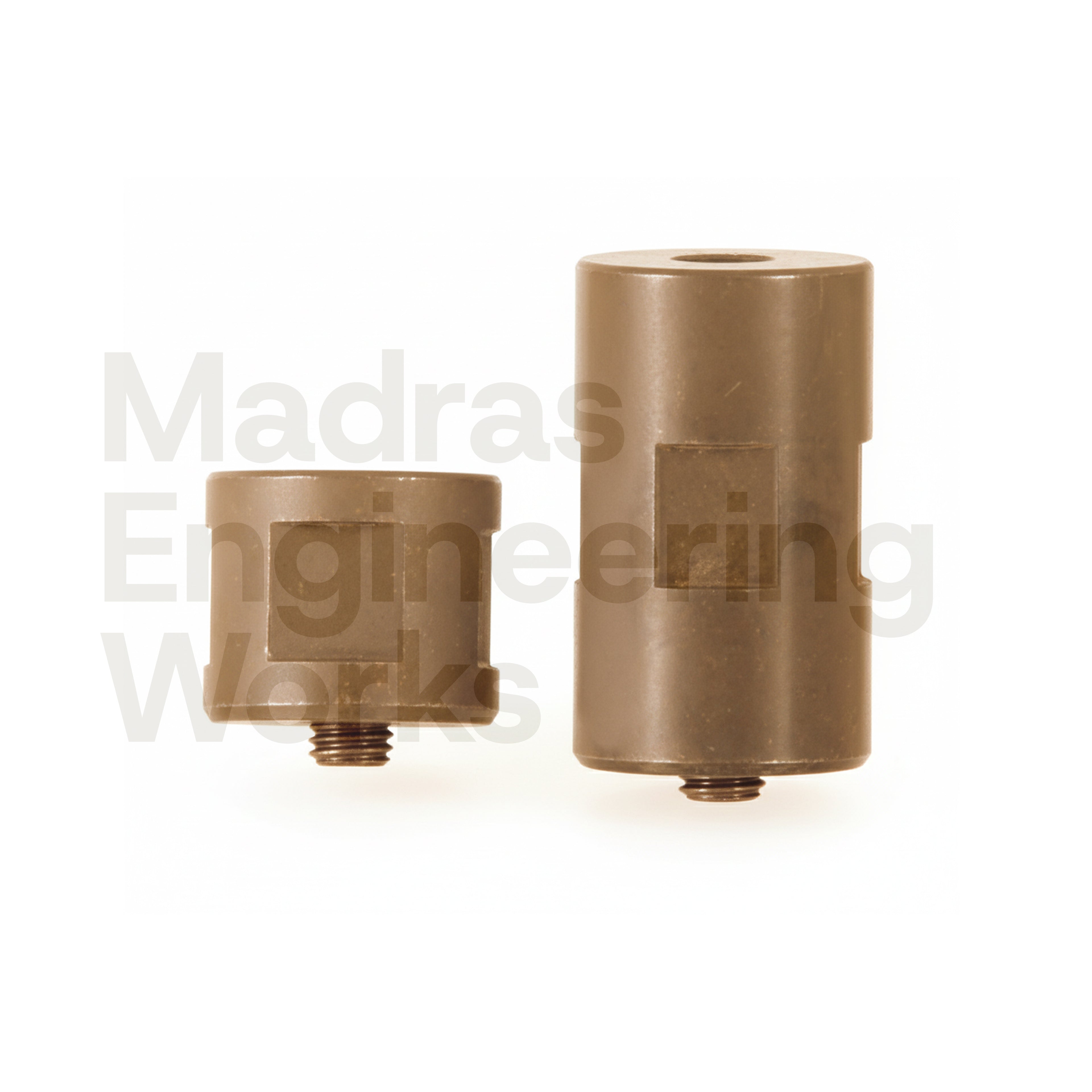
0 comments